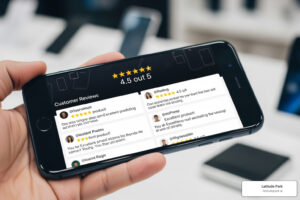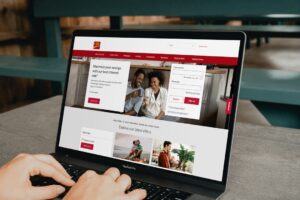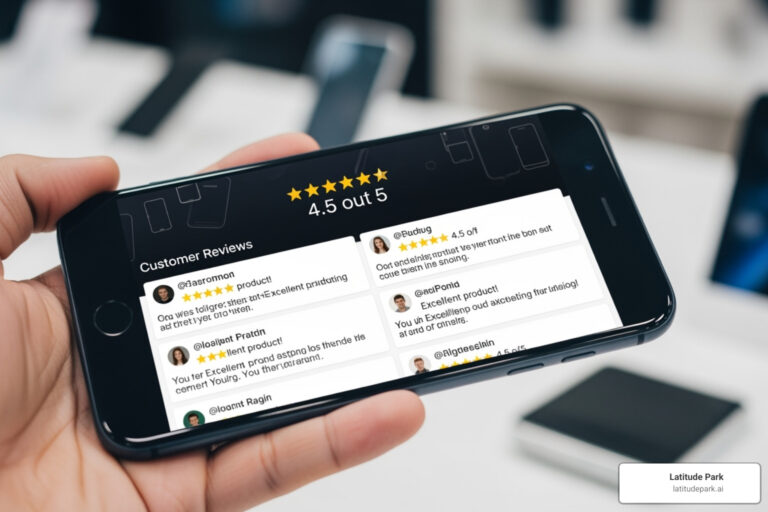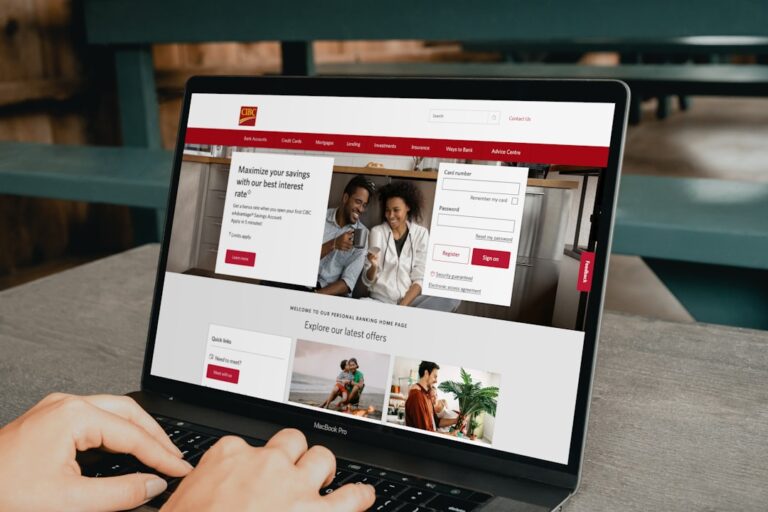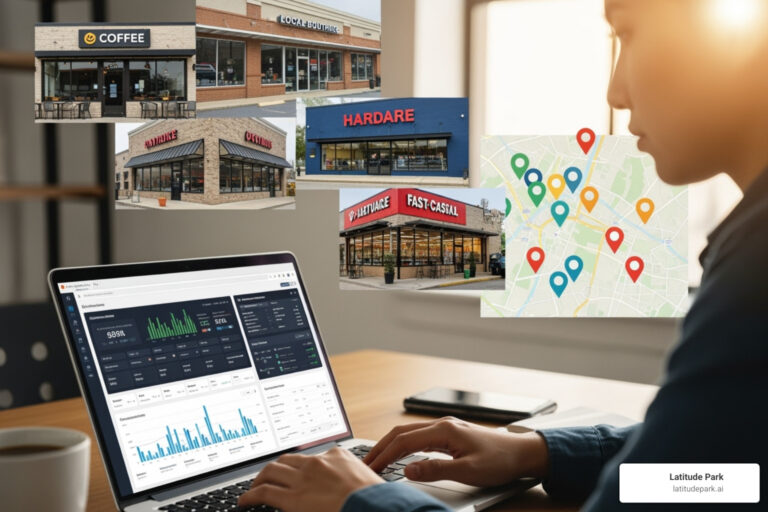The Rise of Multi-Location Social Media Marketing
Multi location social media marketing is the strategic management of a brand’s social media presence across multiple physical business locations. It allows franchises, retail chains, and other multi-location businesses to connect with local communities at scale by balancing brand consistency with local customization.
Key components of multi-location social media marketing:
- Strategic Balance: Maintaining brand messaging while allowing local adaptation.
- Centralized Management: Using unified platforms to oversee all locations.
- Local Relevance: Creating content that resonates with specific communities.
- Scalable Processes: Implementing systems that work for 5 or 500 locations.
- Performance Tracking: Measuring success across individual locations and the overall brand.
With over 5 billion social media users worldwide, businesses can’t afford to miss local opportunities. Yet 77% of multi-location marketers find scalable localization challenging. The complexity lies in being everywhere at once while speaking to each community’s unique needs.
The solution isn’t total central control or letting each location run wild. It’s about creating a framework that empowers local teams while protecting brand integrity. This guide will show you how.
I’m Rusty Rich, founder of Latitude Park. For over 15 years, I’ve helped multi-location businesses master these challenges. I’ve seen how effective multi location social media marketing can transform local engagement and drive measurable growth.
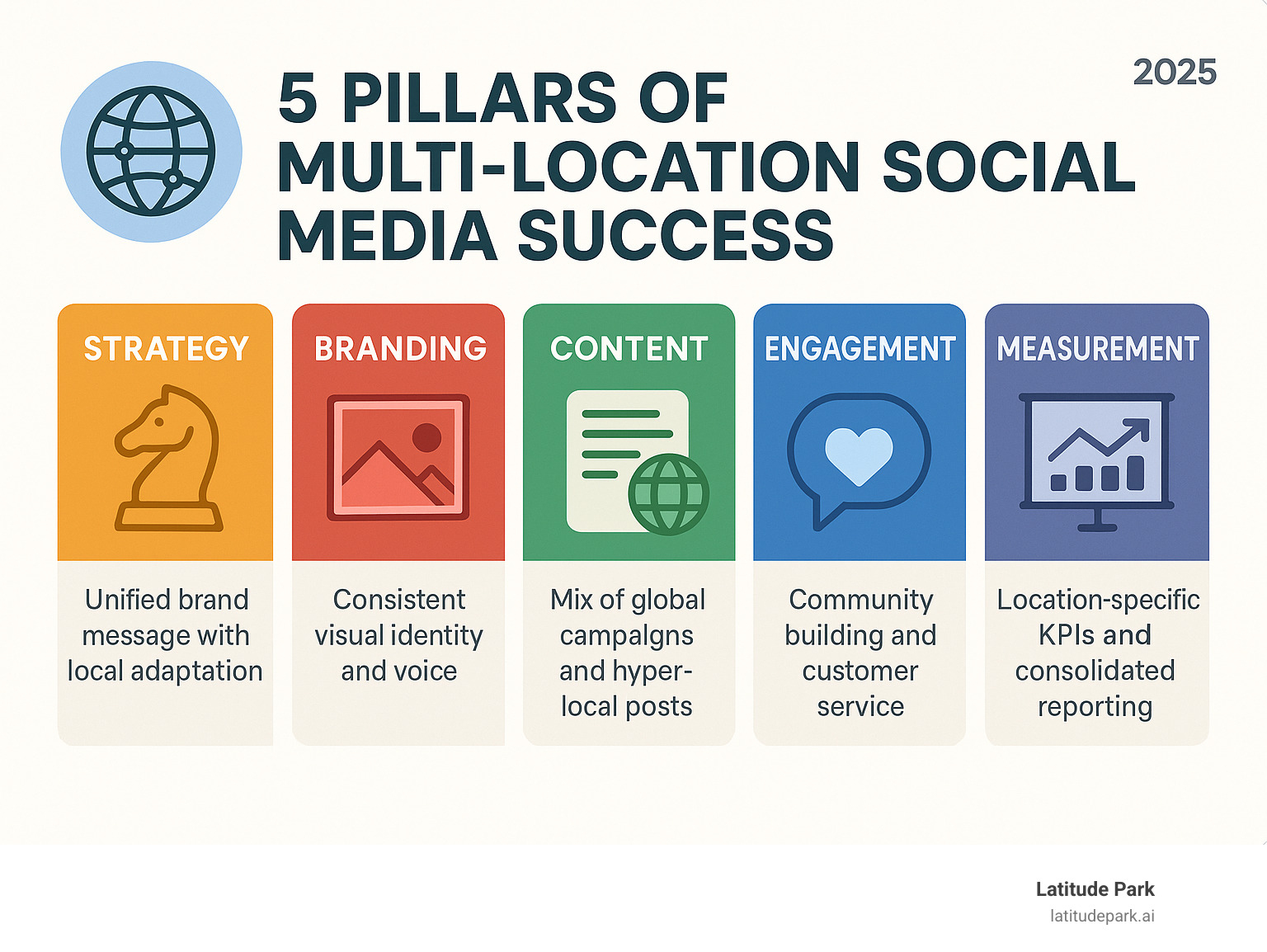
What is Multi-Location Social Media Marketing and Why is it Crucial?
Imagine a restaurant chain with 50 locations. Miami customers want Cuban-inspired dishes, while Seattle fans want local coffee partnerships. How do you manage this without losing brand identity? This is where multi location social media marketing comes in. It’s the strategic management of social media across multiple physical locations, like franchises or retail chains, ensuring each local team contributes to a unified brand message.
The stakes are high. With over 5 billion social media users worldwide, customers make spending decisions based on what they see online.
Why multi-location social media marketing is crucial:
- Reach Local Customers: Custom messages show you understand each community. A snow day special works in Minnesota, not Arizona.
- Build Trust: Consistent quality and engagement across all locations build confidence in your entire network.
- Drive Foot Traffic: A well-timed post about a local sale can bring customers in the door within hours.
- Enable Scalability: A proven framework for one location becomes a growth engine for all new ones.
Effective multi location social media marketing creates personalized experiences at scale, giving customers the local connection they crave while you maintain brand consistency. For more on social media fundamentals, see our Ultimate Guide to Social Media Marketing.
The Core Challenges Businesses Face
Managing social media for multiple locations presents several common roadblocks:
- Brand Inconsistency: While most companies have brand guidelines, only 30% are consistently enforced. This leads to a confusing brand voice across different locations.
- Inefficient Coordination: Simple tasks like updating store hours or getting promotion approvals become time-consuming administrative burdens.
- Resource Limitations: Local managers are often asked to be social media experts on top of their primary duties, leading to burnout or neglect.
- Scaling Content: Creating relevant, high-quality content for dozens of unique communities is a major hurdle for 77% of marketers.
- Lack of Local Relevance: Corporate-mandated content can feel disconnected if it ignores local events, culture, or sentiment.
- Managing Reviews: Tracking and responding to feedback across Google, Facebook, and Yelp for every location is overwhelming without a system.
- Measuring ROI: It’s difficult to know which locations’ social efforts are driving engagement and foot traffic without clear, consolidated metrics.
These challenges require a strategic approach. Understanding how competitors tackle them can offer valuable insights; consider a Social Media Competitor Analysis: How, Why, and What You Can Learn From It.
Single vs. Multiple Accounts: Making the Right Choice
Should you use one corporate account or create separate accounts for each location? The right choice depends on your business.
| Approach | Single Global Account | Multiple Local Accounts |
|---|---|---|
| Pros | – Stronger brand consistency – Easier company-wide campaigns – Lower resource needs – Simplified analytics |
– Deeper local community connections – Customized content – Better local SEO – Direct local customer service |
| Cons | – Less personal connection – Harder to address local issues – Missed hyper-local opportunities – Can feel impersonal |
– Risk of brand inconsistency – Higher management demands – Complex coordination – Potential customer confusion |
Key factors in this decision include geographic spread, service consistency, and local team resources. If locations are clustered and offer identical services, a single account might work. If they are spread out with unique offerings, separate accounts are often better. Many businesses use a hybrid approach: a main corporate account for brand-wide news, supported by location-specific pages for local engagement.
Crafting Your Winning Multi-Location Social Media Strategy
Think of multi location social media marketing as conducting an orchestra. Each musician (your local teams) needs to play their part beautifully while contributing to one harmonious performance (your brand). This isn’t about rigid control from headquarters or letting everyone play whatever they want. It’s about creating a framework that guides everyone toward the same magnificent goal.
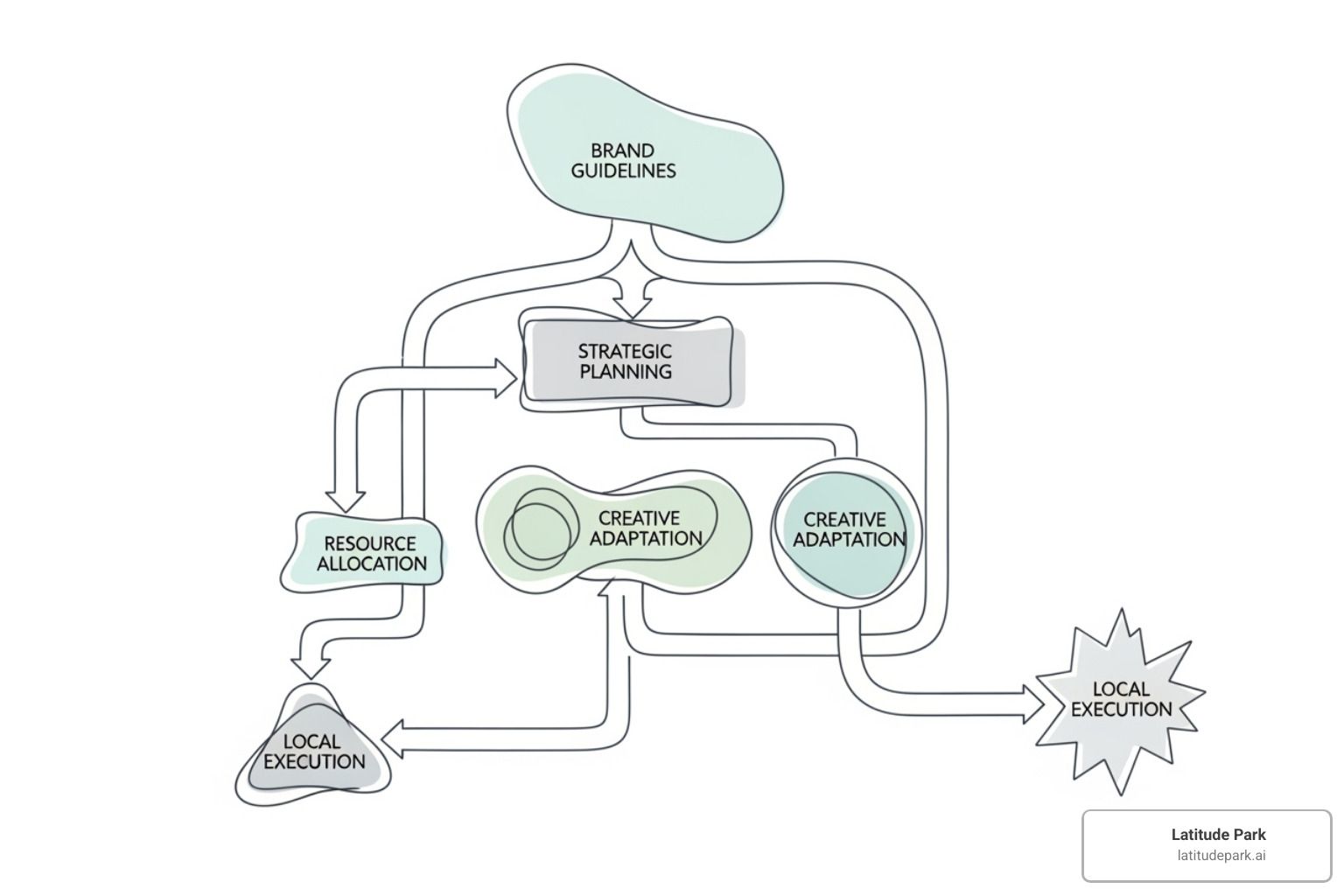
Your winning strategy starts with strategic alignment – making sure every social media post, whether it’s about a company-wide promotion or a local charity event, pushes your business forward. This means defining your overarching brand message first. What’s the one thing you want people to think when they hear your name? This becomes your North Star.
From there, you enable local adaptation. Your brand message stays consistent, but how you express it can flex to fit each community’s unique personality. A coffee shop in busy downtown might emphasize speed and convenience, while the same brand in a small town focuses on being the neighborhood gathering place.
If you’re wondering why strategy matters so much, our guide on 10 Reasons Why Your Business Needs a Social Media Marketing Strategy breaks it down perfectly.
Now let’s dive into the four pillars that make multi location social media marketing actually work.
Pillar 1: Establish Rock-Solid Brand Consistency
Brand consistency ensures your business is instantly recognizable, no matter where customers interact with it. This starts with a defined brand voice and tone. Are you a friendly neighbor or a trusted expert? The feeling should be the same from your Seattle page to your Miami page.
Your visual identity—logo, colors, fonts, and photo style—must also be consistent. Unfortunately, only 30% of brand guidelines are consistently enforced.
To solve this, create centralized brand guidelines in an accessible digital playbook using tools like Notion or ClickUp. This should house templates, approved photos, and response guides. Crucially, you must train local teams on these guidelines so they understand the why behind the brand, enabling them to create authentic local content that still feels like you. Learn more about The Power of Consistent Branding Across Franchise Locations.
Pillar 2: Balance Global Campaigns with Hyper-Local Content
An effective content strategy blends corporate messaging with personal, local content.
- Corporate Announcements: Headquarters handles major news like product launches and company-wide promotions to build brand strength.
- Local Content: Local teams focus on community events, local promotions, and neighborhood news. This makes each location feel like a true part of the community.
- User-Generated Content (UGC): Encourage and share customer photos and reviews. UGC is seen as 2.4 times more authentic than brand-produced content.
- Local Influencers & Employee Advocacy: A local blogger can drive significant foot traffic. Posts from your own staff also receive higher engagement.
Here are five hyper-local content ideas that work for any business:
- Local team member spotlights
- Community event participation
- Local customer testimonials
- “Did you know?” local facts
- Seasonal promotions tied to local holidays or events
For more community engagement strategies, explore Social Media Strategies for Franchise Success: Engaging Your Local Communities.
Pillar 3: Integrate Local SEO and Paid Advertising
Your social media is part of a larger digital ecosystem. Connect it with local SEO and paid ads to maximize impact.
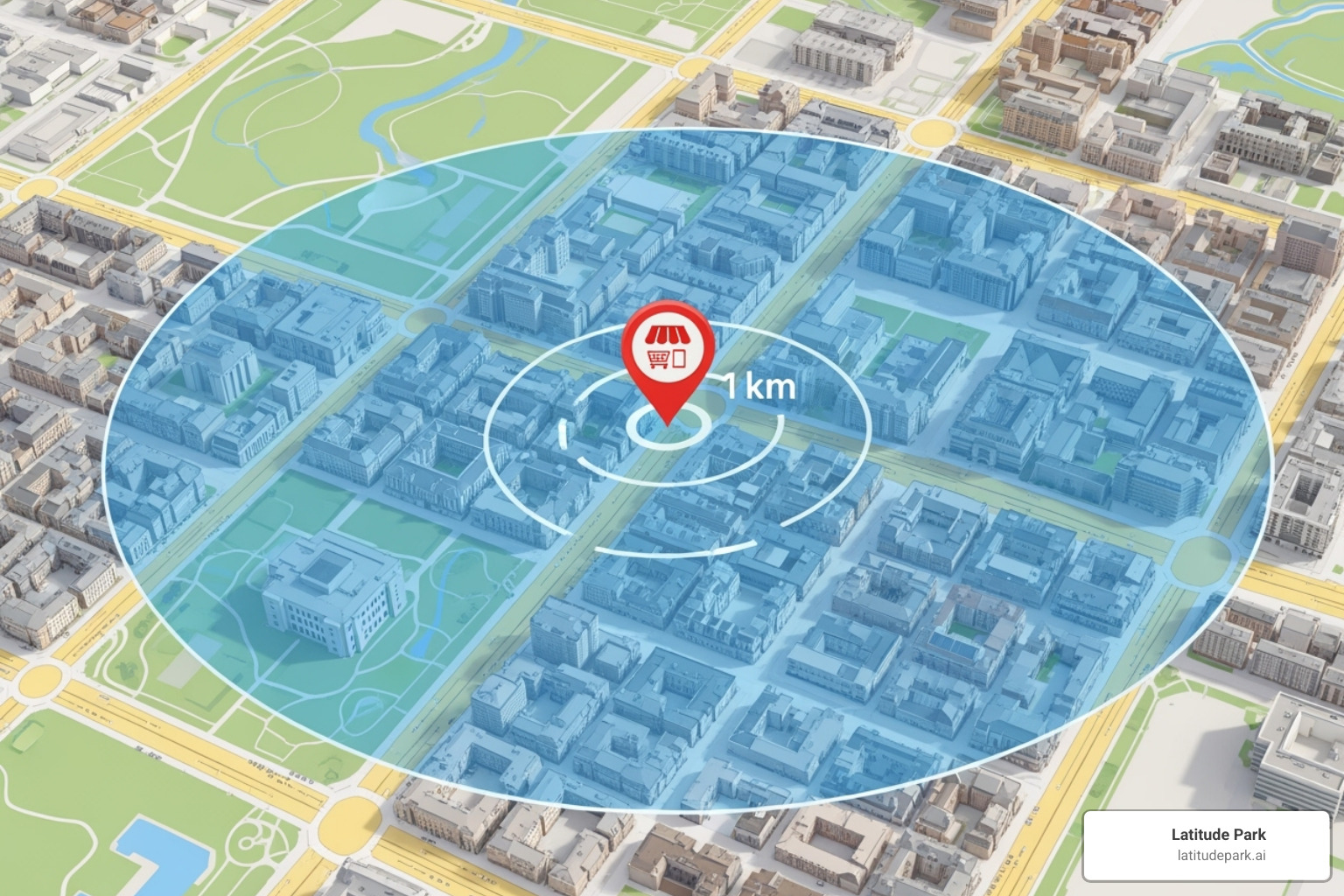
- Google Business Profile Optimization: Each location needs a fully optimized profile with accurate info, photos, and active review management. A&W increased calls from their listings by 13% through this strategy.
- Localized Landing Pages: Create a unique page on your website for each location with local content, hours, and a clear call to action.
- Geotargeted Ads: Use paid social to target users within a specific radius of each store, eliminating wasted ad spend.
- Custom Audiences & A/B Testing: Target ads to people who have visited your site or look like your best customers. Test different local offers to see what resonates in each market.
At Latitude Park, we specialize in these challenges. See our approach to Meta Campaigns: Franchise Growth, and explore our specific services for Facebook & Instagram Ads Services and TikTok Ads Services.
Pillar 4: Streamline Management with Technology
Managing multi-location social media manually is inefficient. You need software that does the work for you. Unified platforms are designed for the complexity of managing multiple locations.
Key features include:
- A centralized dashboard to oversee all locations from one screen.
- Content scheduling to plan and customize posts for all locations at once.
- Approval workflows to maintain brand consistency without stifling local creativity.
- Social listening to monitor brand mentions and spot trends across all locations.
- Reputation management to monitor and respond to reviews from a single inbox.
Choosing the right technology partner is crucial for scaling. For guidance, see our insights on How to Choose the Best Social Media Marketing Agency.
Measuring Success and Proving ROI
How do you know if your multi location social media marketing strategy is working? Success isn’t about vanity metrics; it’s about tracking KPIs that prove your efforts are impacting the bottom line.
Here are the KPIs that provide a complete picture of performance:
- Engagement Rate Per Location: Track likes, comments, shares, and saves for each location to understand what content resonates with each community. This data helps you fine-tune your local approach.
- Website Clicks: This metric connects social media activity to your local landing pages, menu, or service offerings, showing a direct path from interest to action.
- Foot Traffic Attribution: The holy grail for physical locations. Use unique social-only offer codes or geo-fencing data to connect social media engagement to in-store visits.
- Lead Generation: Measure form fills, direct messages inquiring about services, or phone calls originating from social media. These are tangible business opportunities.
- Customer Sentiment: Go beyond numbers to understand what people are saying. Are they happy? What concerns are they raising? This qualitative data is vital for improving customer experience.
Consolidated reporting is key. Modern social media platforms aggregate data across all locations, giving you a bird’s-eye view of network performance. This allows you to identify top-performing locations and replicate their successful strategies, while also spotting underperforming locations that need more support.
You need to provide clear, data-driven insights to stakeholders that demonstrate the tangible value of your marketing efforts. This creates a cycle of continuous improvement and drives sustainable growth. For more on growth strategies, explore our article on Franchise Social Media Growth.
Frequently Asked Questions about Multi-Location Social Media Marketing
When I talk with multi-location business owners, I hear the same questions over and over. They’re smart questions – the kind that show you’re thinking strategically about your social media presence. Let me share the answers that have helped hundreds of franchise owners and retail chains get their multi location social media marketing right.
How do you manage social media for multiple locations?
The best approach combines central control with local empowerment. Start with clear brand guidelines and a unified strategy. Then, use a centralized social media management tool to oversee all accounts, schedule content, and manage approvals. This allows you to maintain brand consistency while empowering local teams to post relevant, timely content for their communities.
How do you create content for multiple locations?
Use a two-tiered approach. A central team should create “global” content for brand-wide campaigns and announcements, providing a library of approved assets. Local teams should then create “local” content, such as posts about community events, team member spotlights, and user-generated content. This blend ensures brand consistency while fostering authentic local engagement.
What is the best social media for a local business?
This depends on your audience, but most local businesses should focus on:
- Facebook: Excellent for community building, local groups, and targeted ads.
- Instagram: Ideal for visual brands like restaurants and retail, using local hashtags and geotags.
- Google Business Profile: Essential for local search visibility, hours, and reviews. It’s often the first interaction a customer has with your business.
Don’t try to be everywhere. Pick two or three platforms where your customers are most active and focus on doing them well.
Conclusion
Mastering multi location social media marketing is achievable. The key is balancing consistency and customization—ensuring your brand feels unified yet locally relevant in every community.
Technology is your greatest ally, changing complex coordination into a streamlined process. But the real goal is building trust. When customers have a consistent, high-quality experience at every location, they become loyal advocates.
The future of marketing is hyper-local. A strong multi-location strategy positions your business to meet this demand, building bridges between your brand and the communities you serve.
At Latitude Park, we specialize in helping franchises steer these exact challenges. Our expertise in Meta advertising is designed to help multi-location businesses thrive.
Ready to turn your social media presence from overwhelming to outstanding? Open up scalable growth for your franchise with a custom social media strategy.


